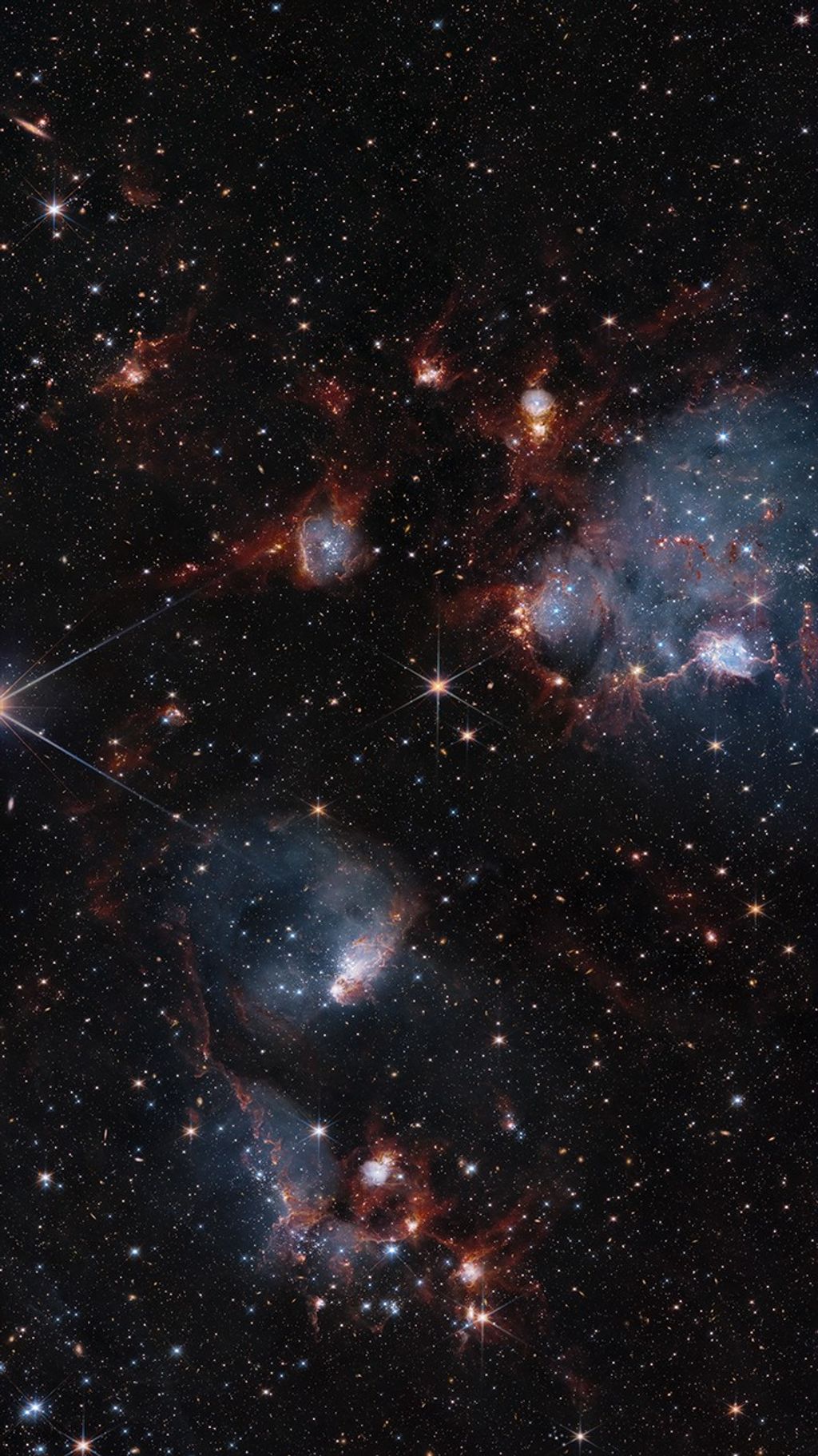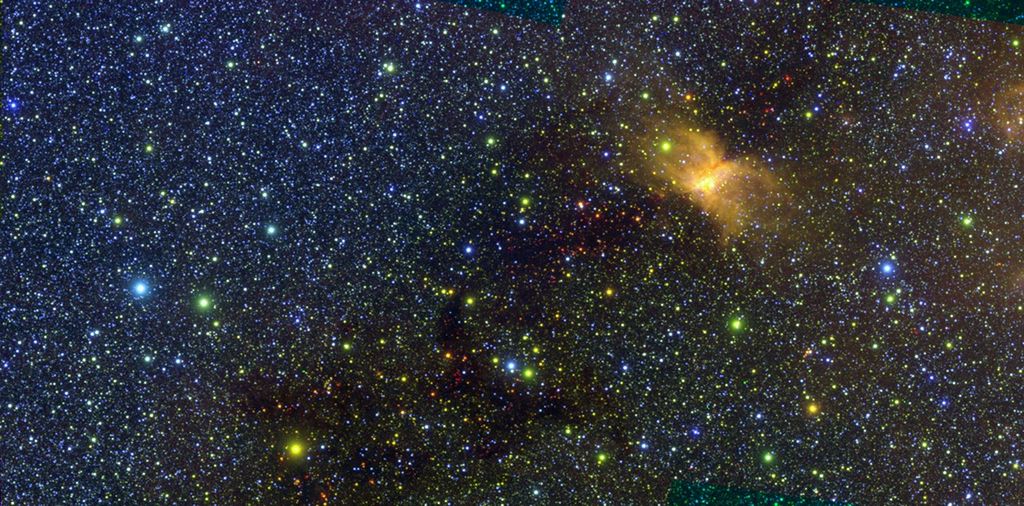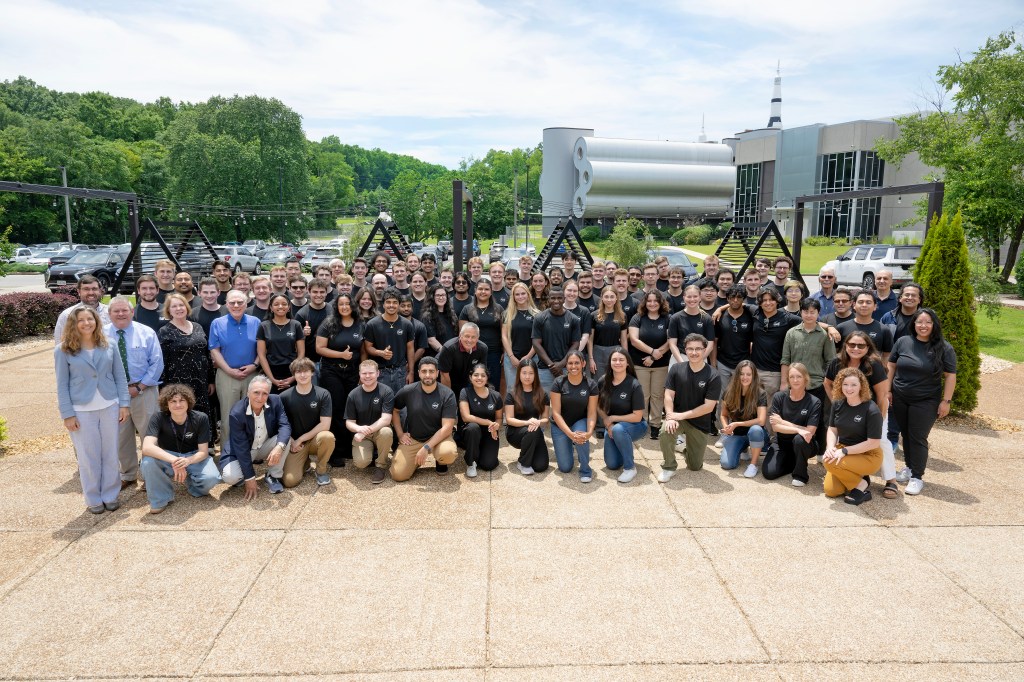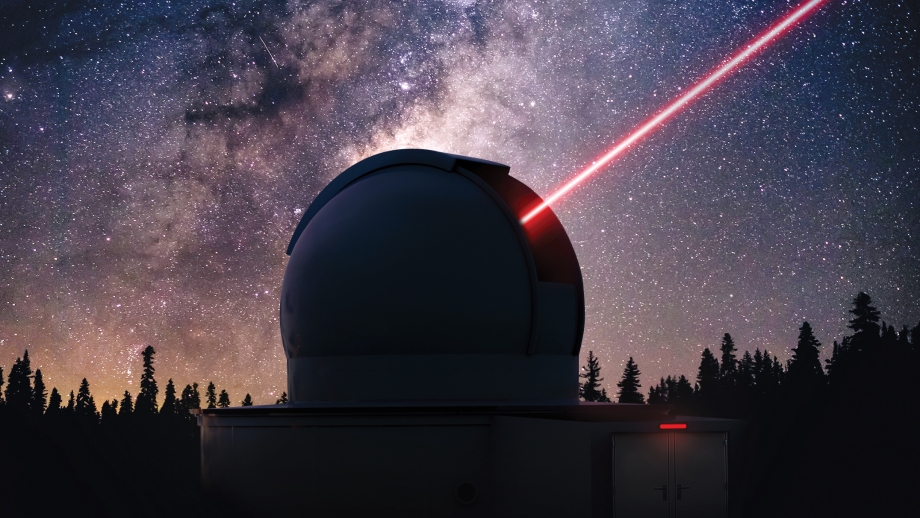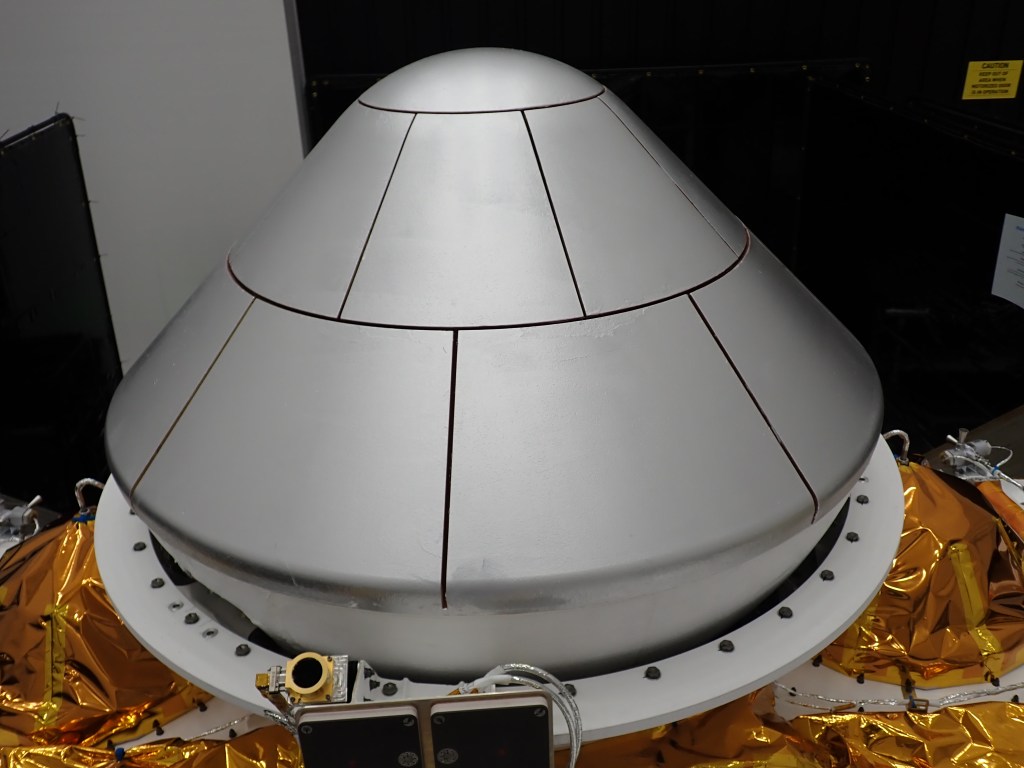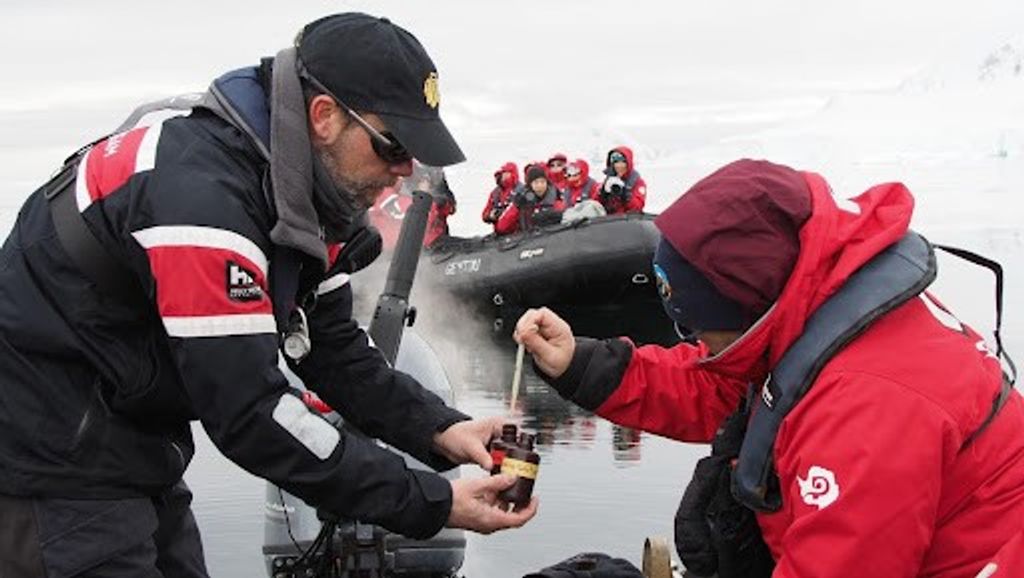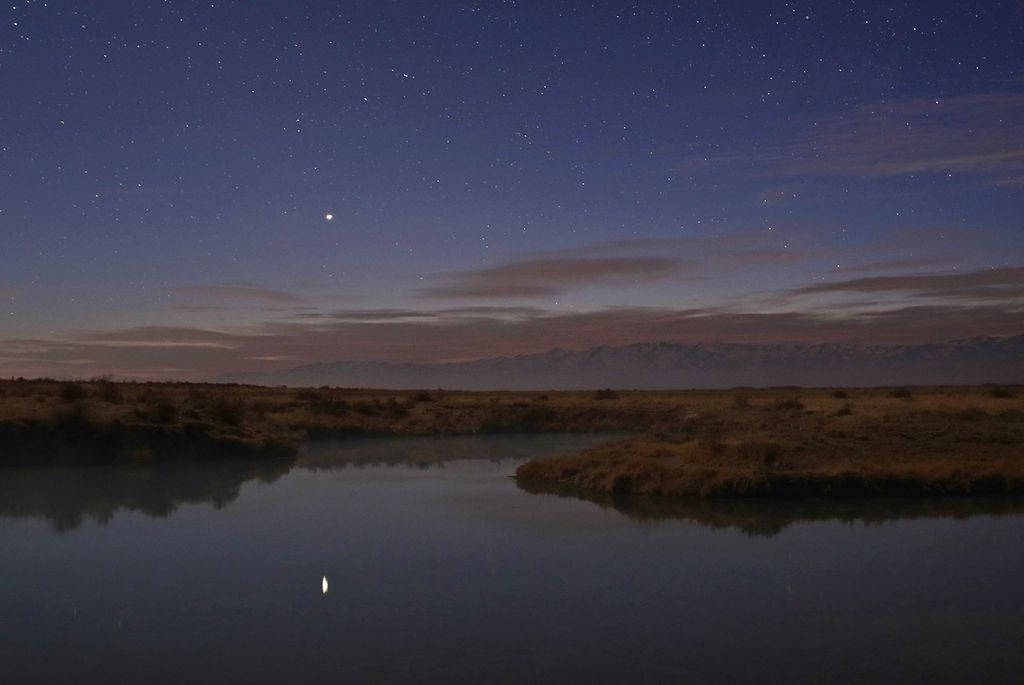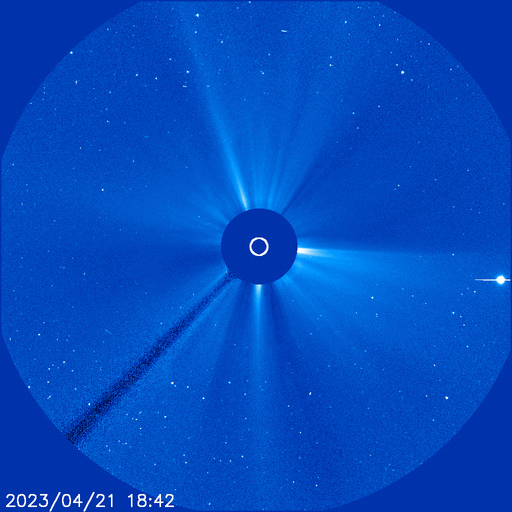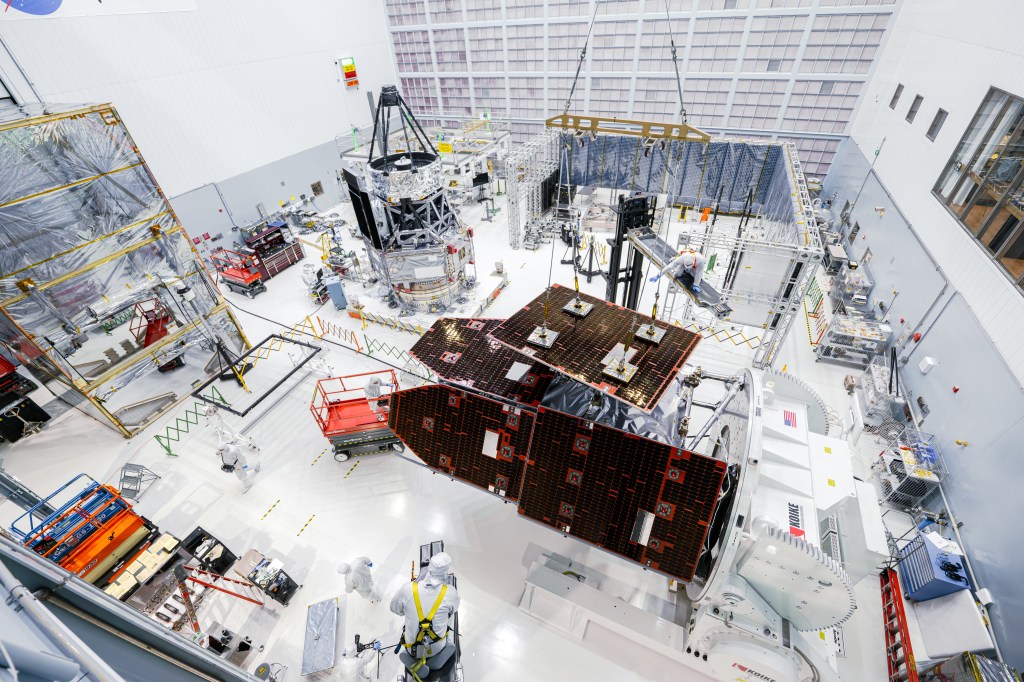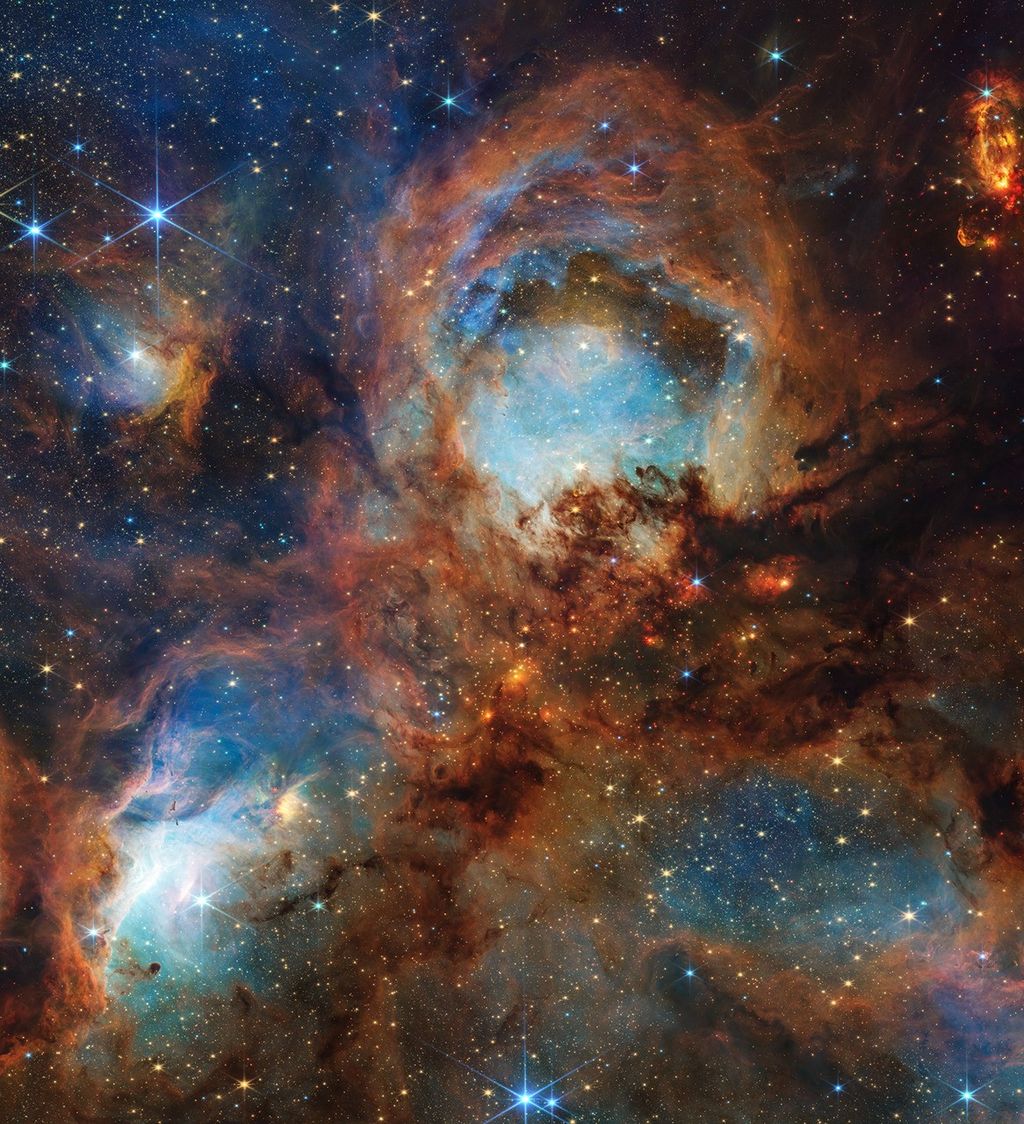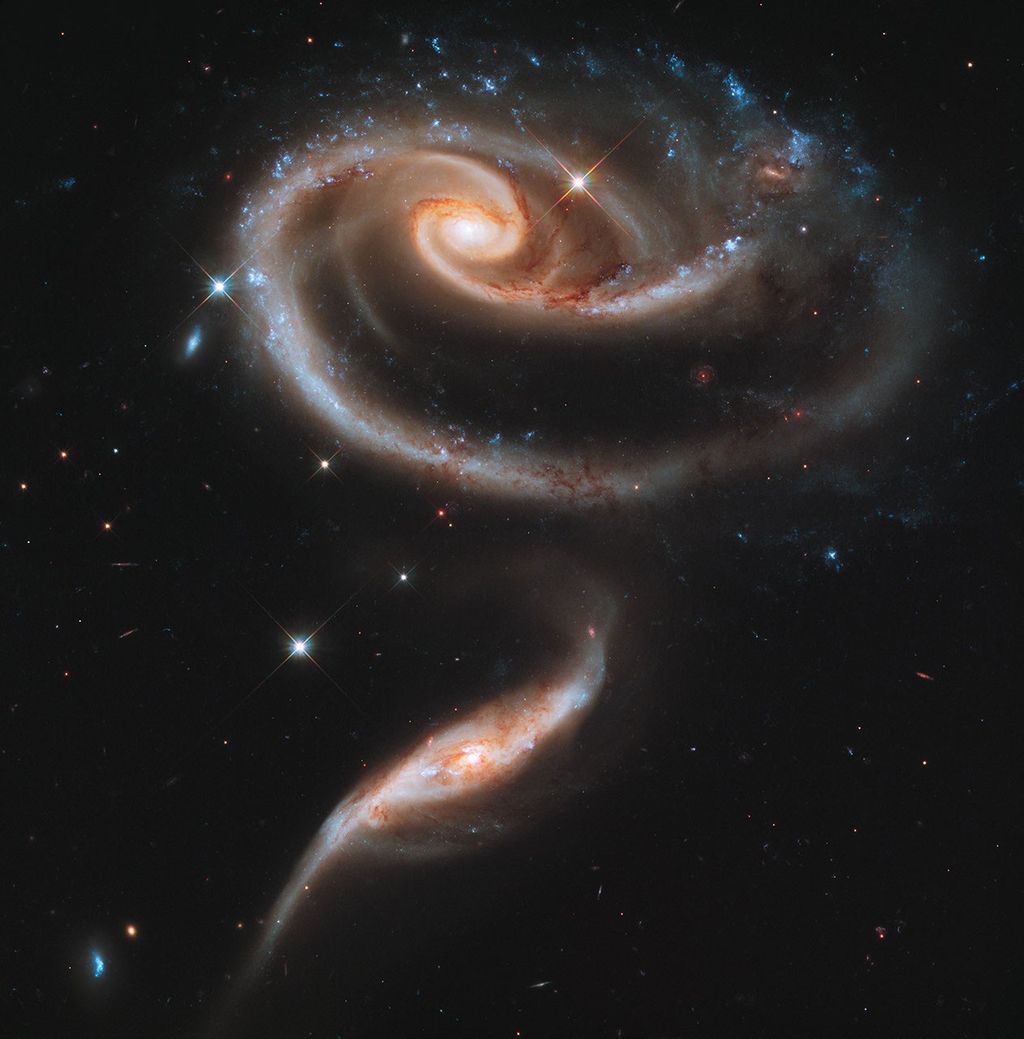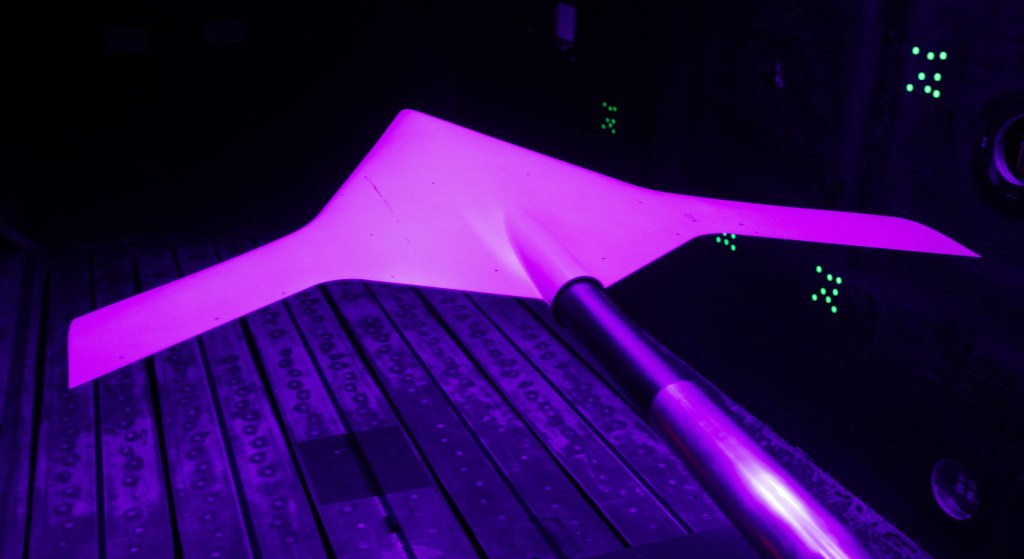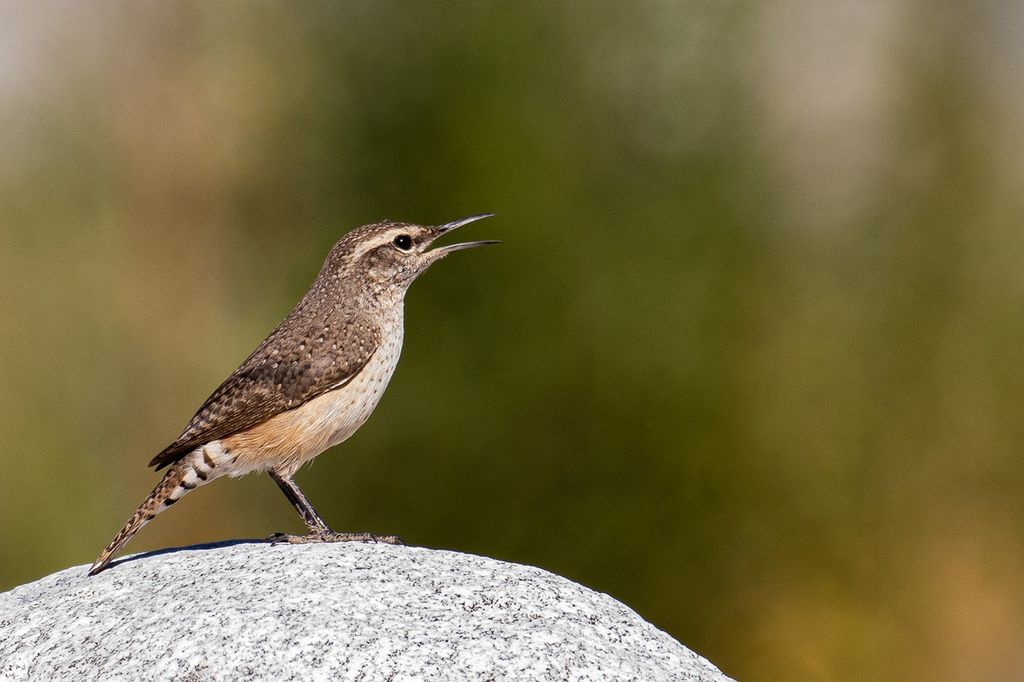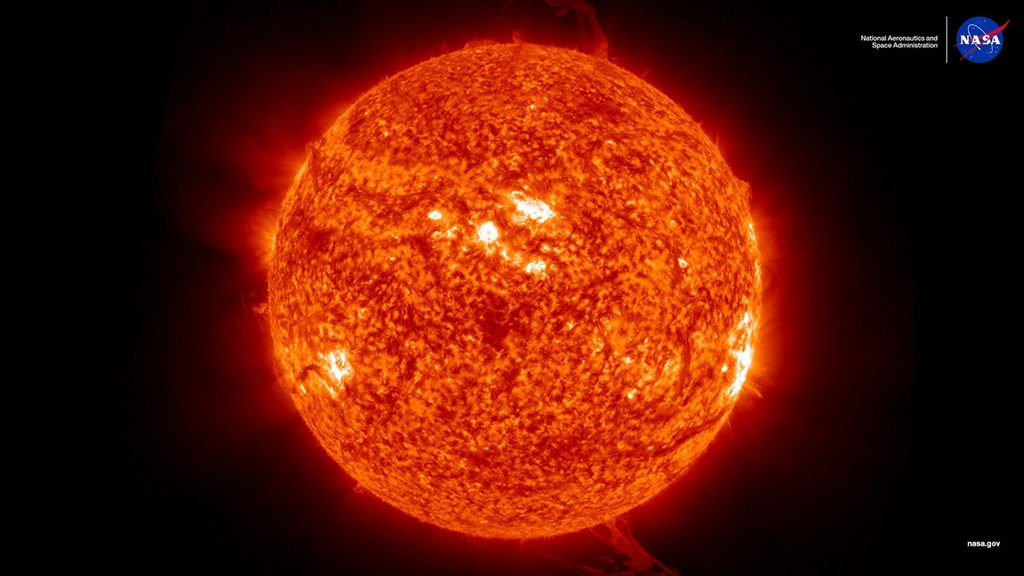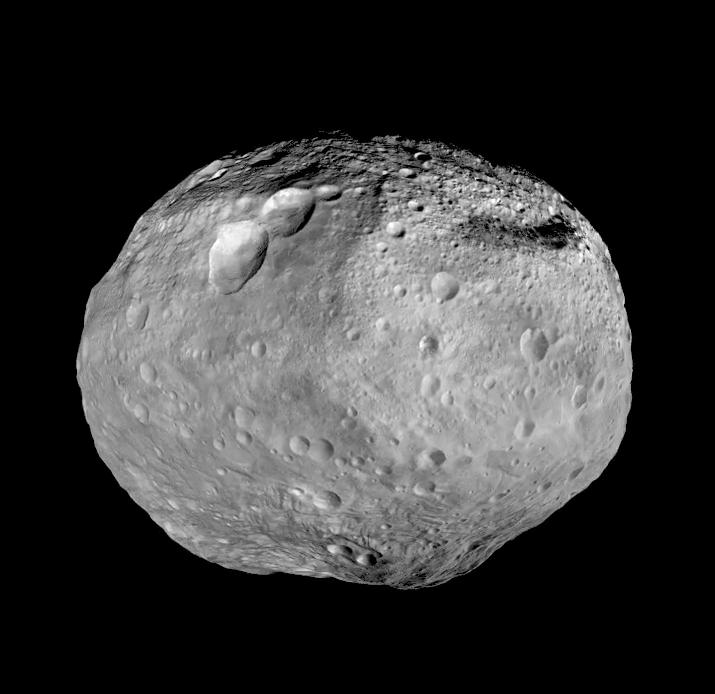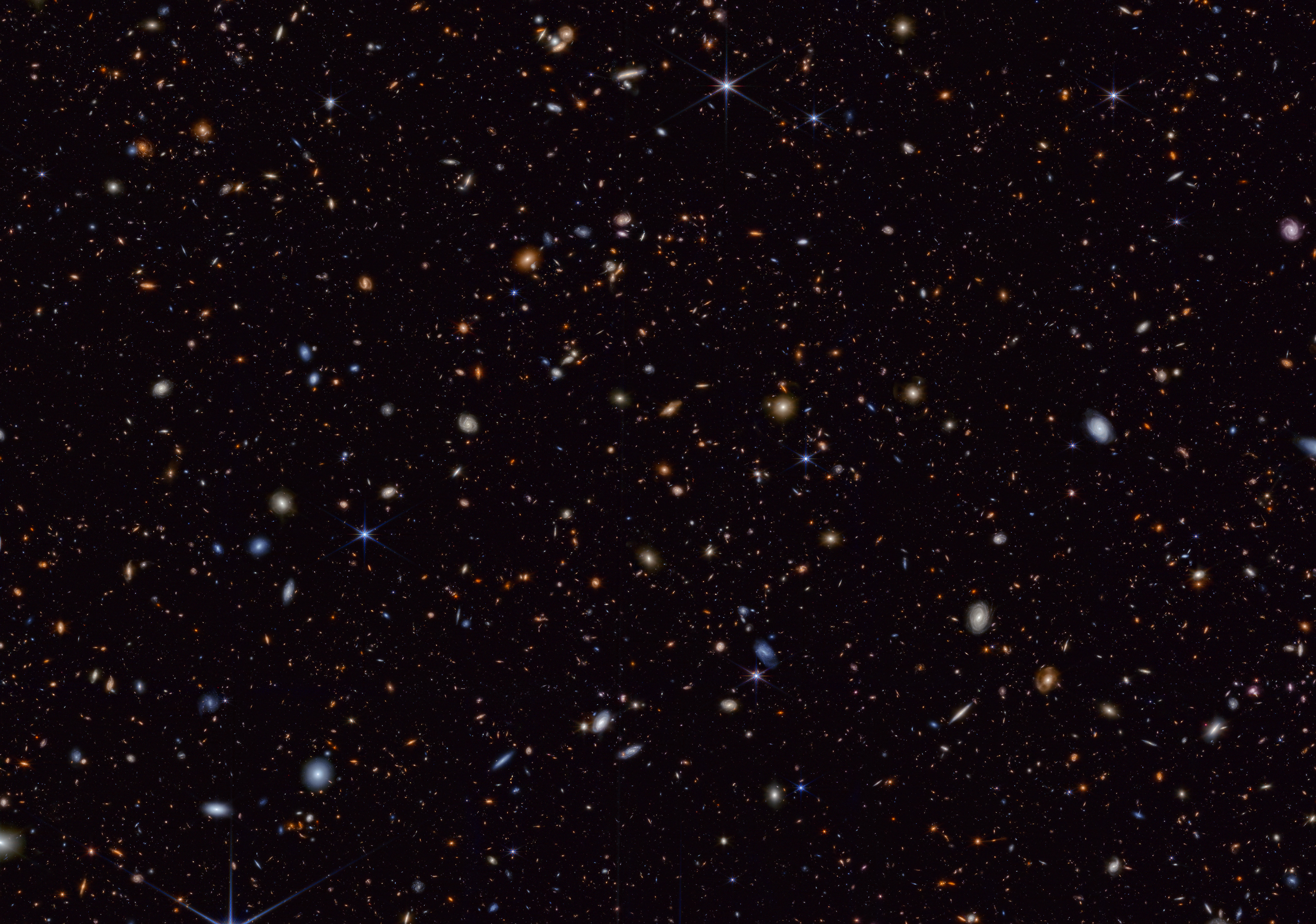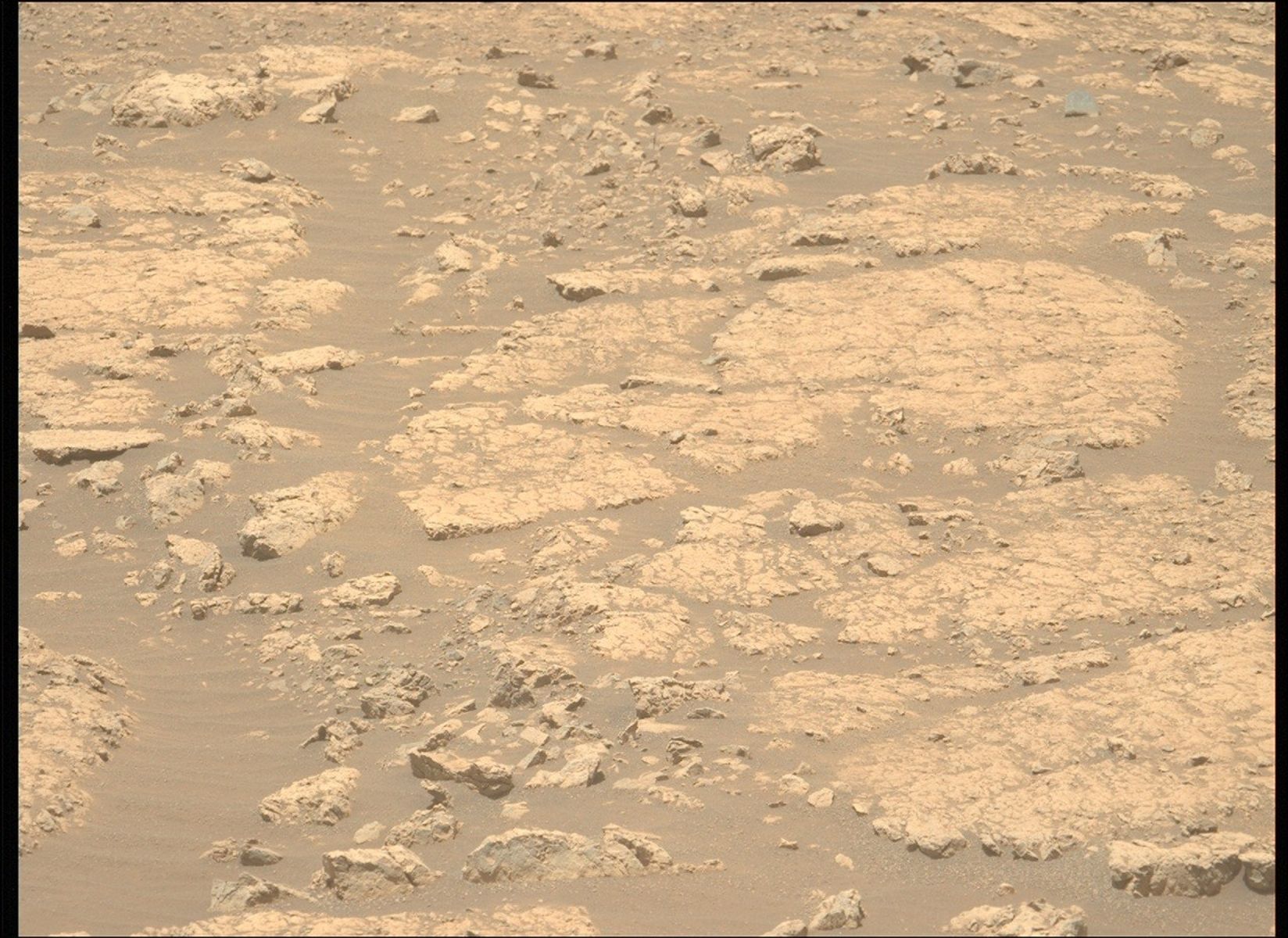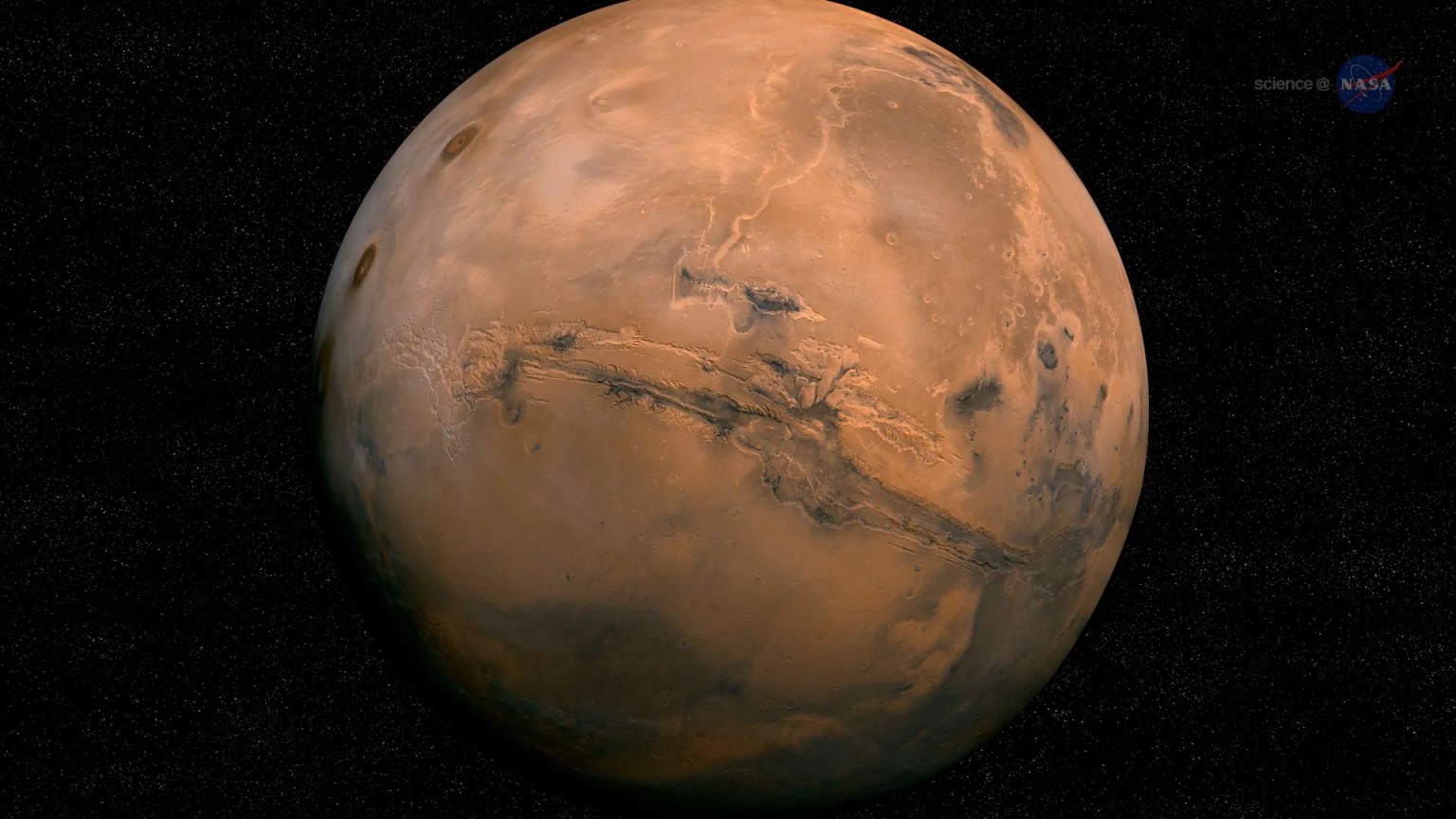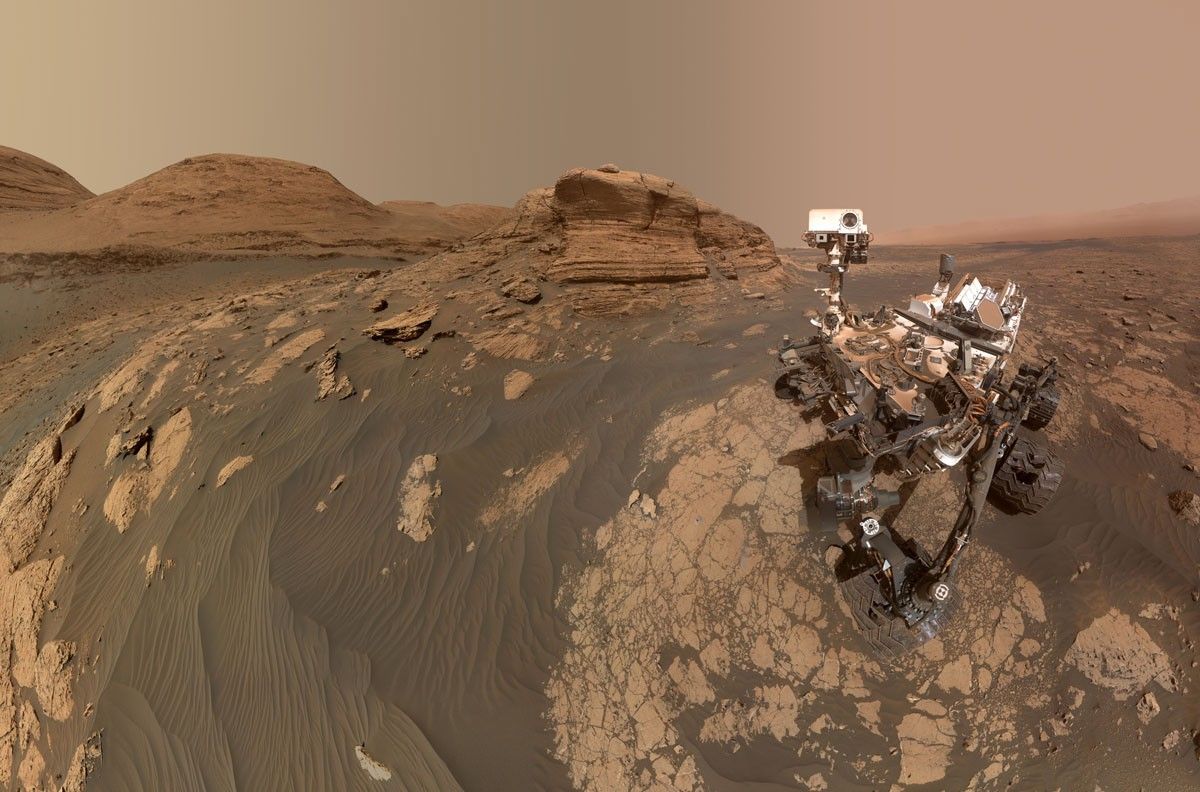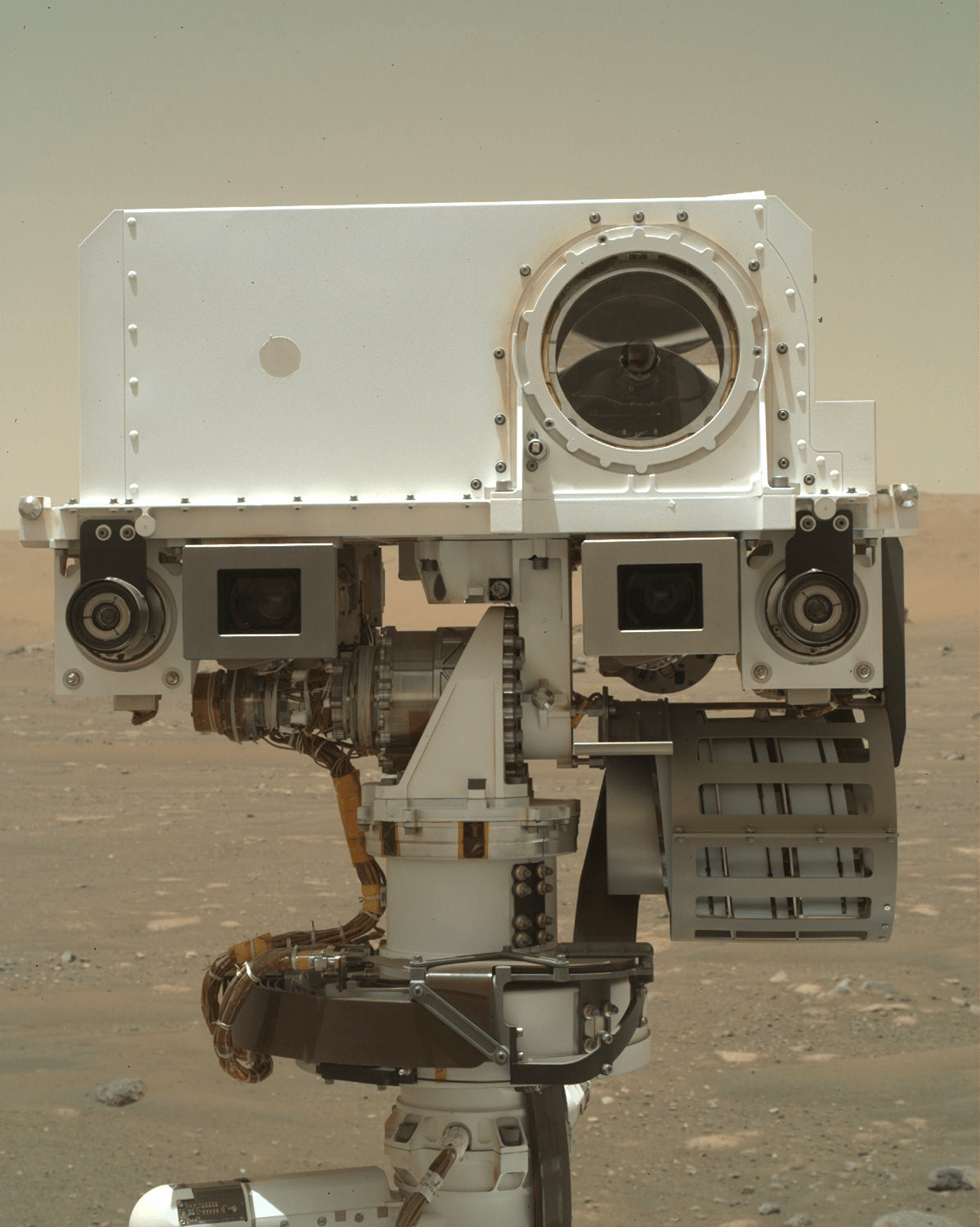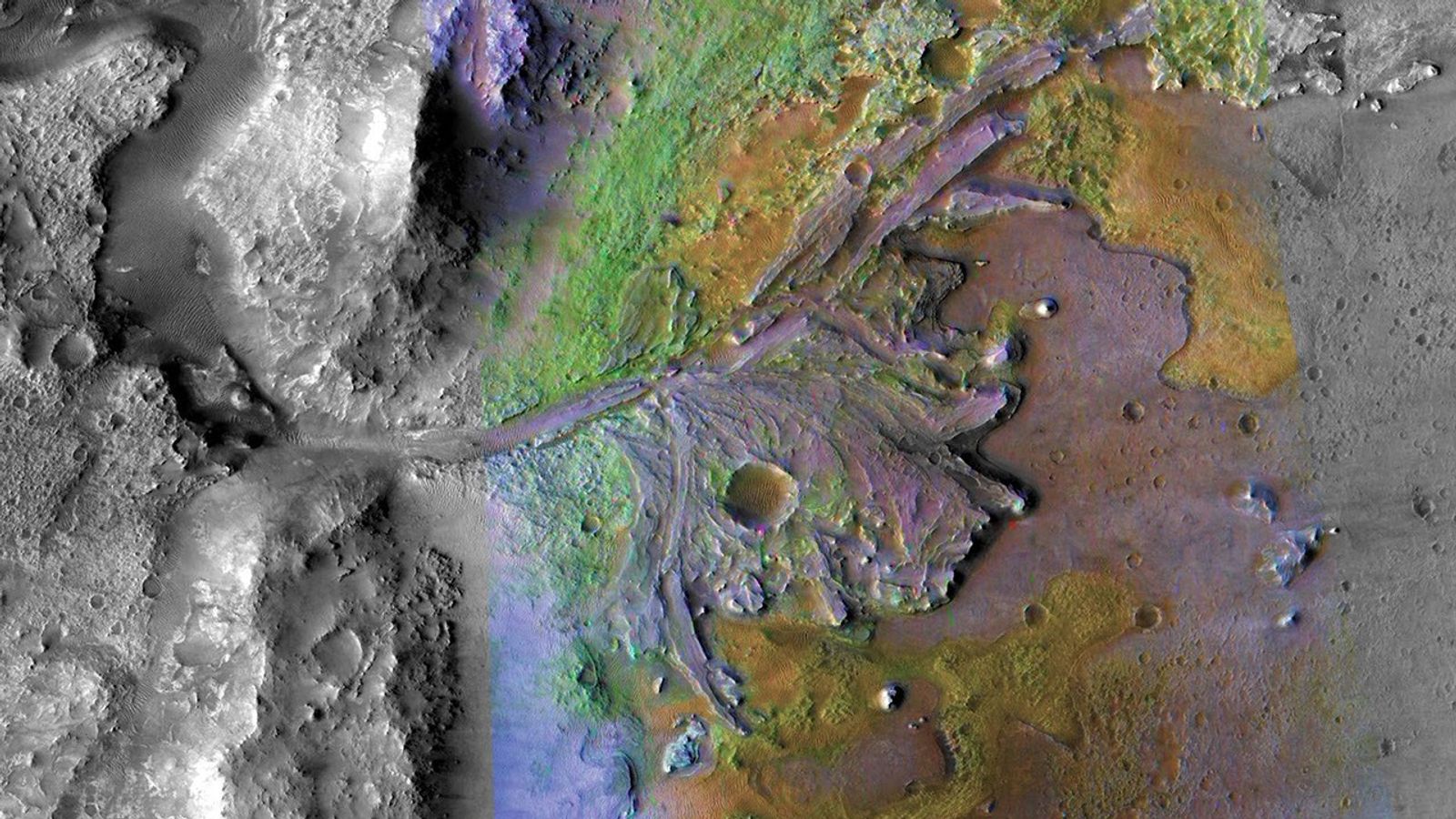I served as SOWG chair again today, planning Sol 11 of the MSL mission. All is going well, but slowly--we continue to confirm that instruments are working and to get ready for more ambitious activities. Today's plan was so full of stuff that we have to do to realize the full potential of MSL that we couldn't add new observations based on the data we have received so
far. For example, a full hour of the day was spent setting software parameters for all the motors on the rover--thousands of parameters! This is indeed a very complex system. But the rover is healthy and the planning team is getting better at preparing ever more complicated command sequences to send to MSL.
The most exciting news today was that the ChemCam and Chemin instruments successfully returned their first data. ChemCam is the remote chemical analysis instrument that uses a laser to vaporize rock/soil up to 7 meters
away, creating a plasma of ions and excited atoms that emit photons as their electrons relax to lower energy states. These "electronic transitions" are measured by sensitive spectrometers, yielding spectral peaks that indicate which elements are present in the target. In preparation for such observations, we tested the pointing of the instrument by taking pictures of a calibration target on the rover with the Remote Microscopic Imager (RMI), a camera that uses the same optics as the laser
and spectrometers to show where the laser hit the target. We didn't fire the laser yet, because we want to be sure that the pointing is accurate first. We wouldn't want to shoot the rover by mistake! But the RMI images show that the pointing is very good, and they will allow us to improve the pointing by analyzing the offsets relative to the center of the calibration target. Most importantly, both ChemCam and Chemin (the X-ray instrument that will determine what minerals are present in samples delivered to it) are working as well as expected--everyone applauded when the initial results were reported!
Ken
Written by Ken Herkenhoff, Planetary Geologist at USGS Astrogeology Science Center

